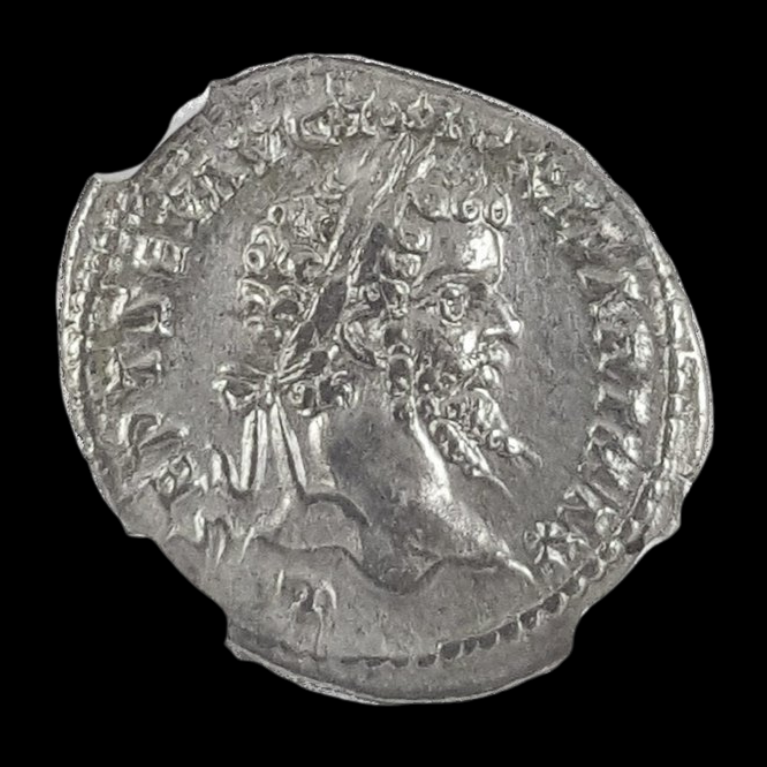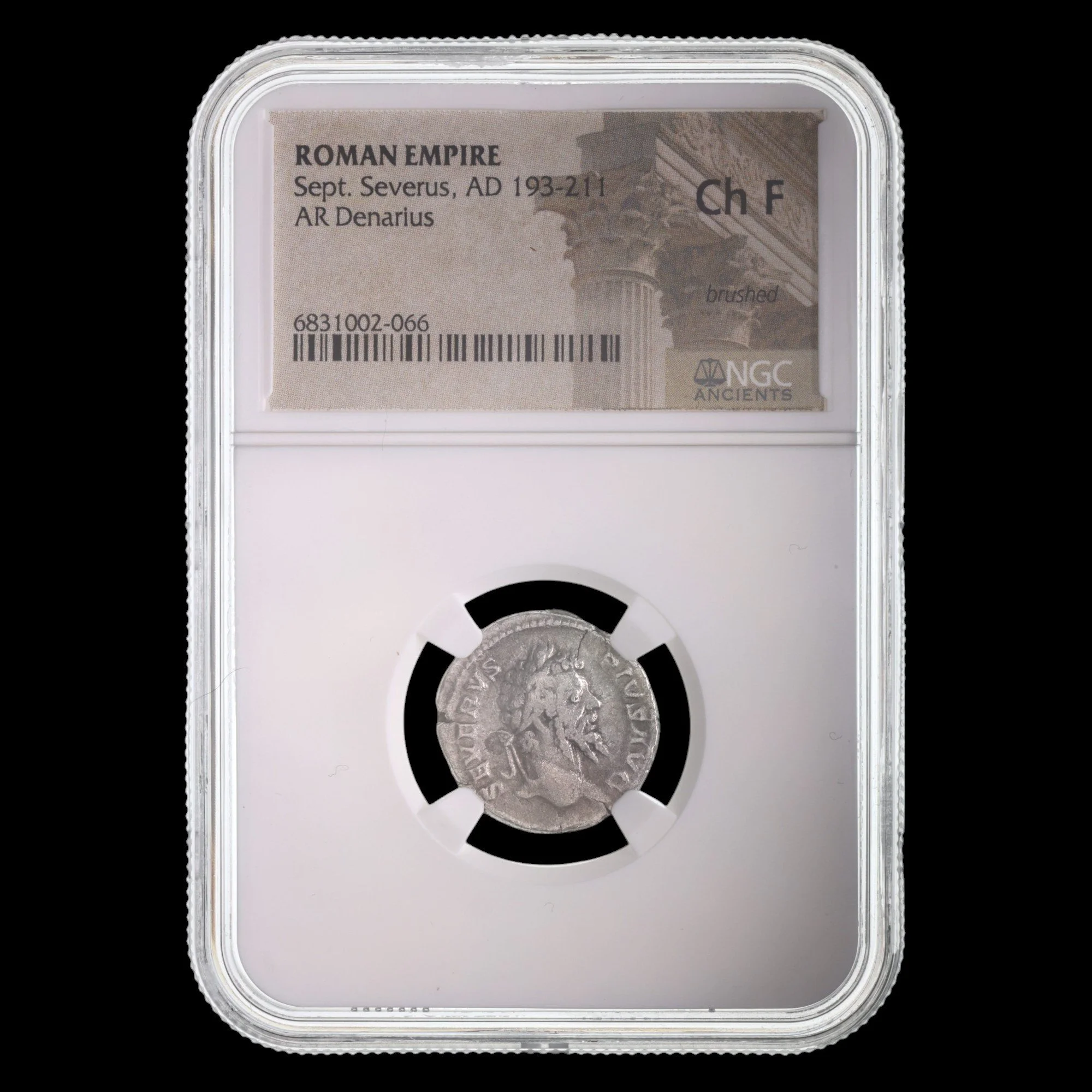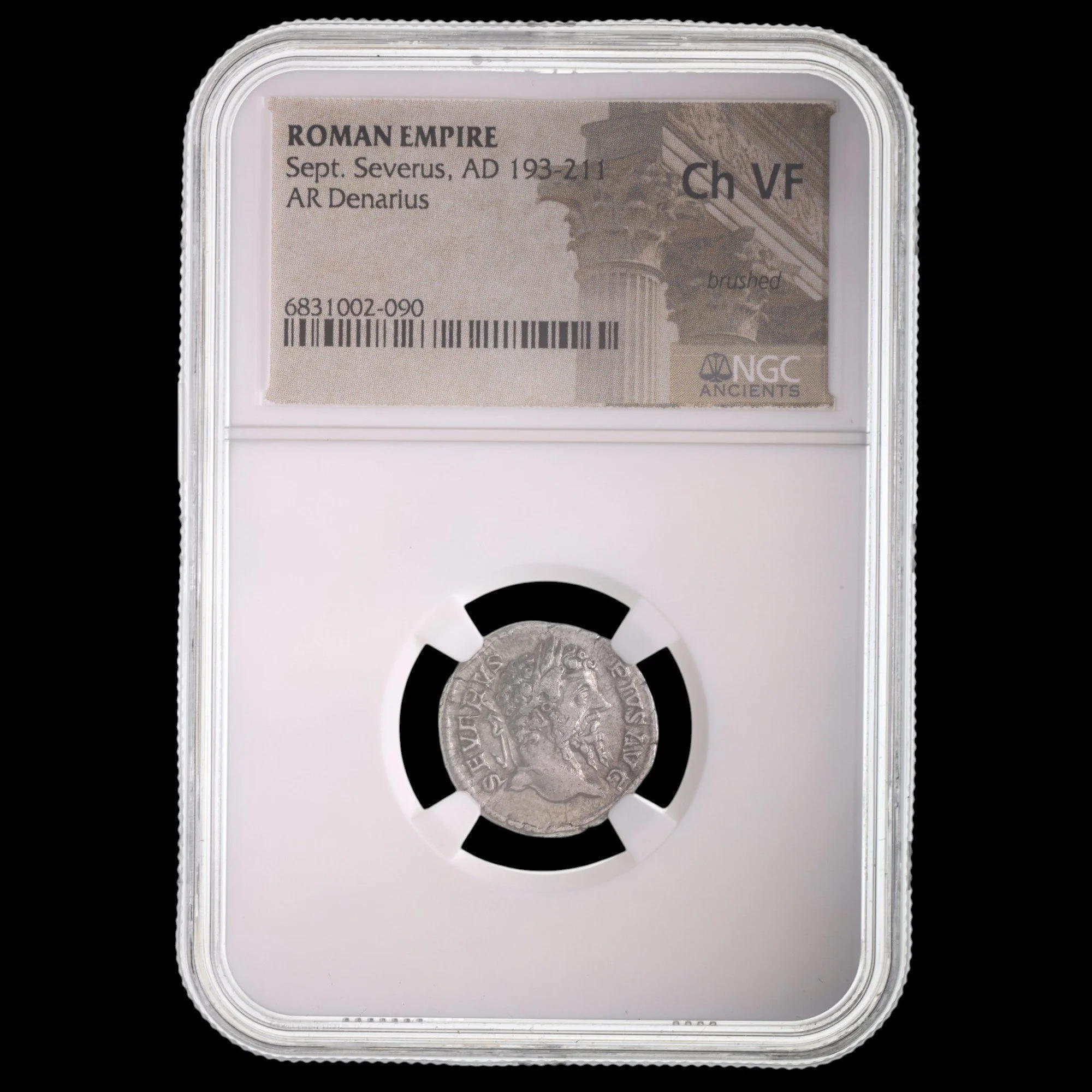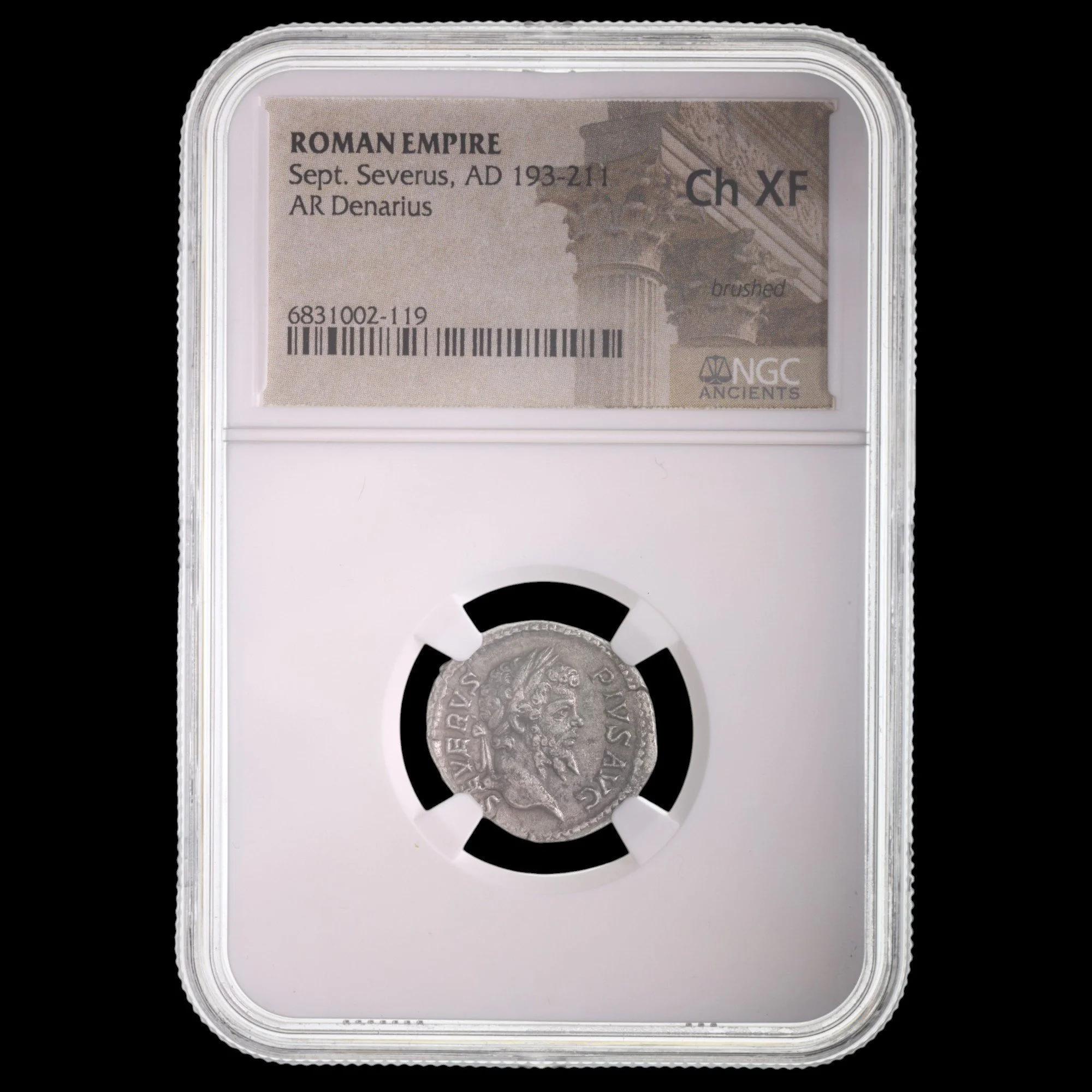 Image 1 of 7
Image 1 of 7

 Image 2 of 7
Image 2 of 7

 Image 3 of 7
Image 3 of 7

 Image 4 of 7
Image 4 of 7

 Image 5 of 7
Image 5 of 7

 Image 6 of 7
Image 6 of 7

 Image 7 of 7
Image 7 of 7








Roman Bronze Coin – Empress Helena (about 1,690 years old) – Mother of Constantine the Great & Early Christian Empress – NGC Certified
The coins shown are representative examples of the grade and type, but not the actual specimens for sale. For details on NGC’s grading standards and definitions, please refer to our NGC Grading page.
Roman Empire – Helena (Mother of Constantine the Great) – Bronze AE4, NGC Certified
This remarkable bronze coin honors Empress Helena, mother of Constantine the Great and one of the most revered women of Late Antiquity.
Obverse: Portrait of Helena, depicted with imperial grace and dignity.
Reverse: Roman imperial symbols and inscriptions, underscoring her official status.
Technical Details: Bronze AE4 denomination; authenticated and certified by NGC.
Historical Significance:
Helena rose from humble origins to become the mother of Rome’s first Christian emperor. As Augusta, she played a central role in Constantine’s dynastic image and legacy. In AD 326, following Constantine’s unification of the empire, Helena embarked on her famed pilgrimage to the Holy Land. Tradition holds that she discovered the True Cross and sponsored the construction of several sacred Christian sites, including the Church of the Holy Sepulcher in Jerusalem. Venerated as Saint Helena in Christian tradition, she is remembered as both an imperial matriarch and a pivotal figure in early Christianity.
This coin is not only a piece of Roman imperial history but also a lasting reminder of the woman whose faith and influence shaped the spiritual landscape of the empire.
The coins shown are representative examples of the grade and type, but not the actual specimens for sale. For details on NGC’s grading standards and definitions, please refer to our NGC Grading page.
Roman Empire – Helena (Mother of Constantine the Great) – Bronze AE4, NGC Certified
This remarkable bronze coin honors Empress Helena, mother of Constantine the Great and one of the most revered women of Late Antiquity.
Obverse: Portrait of Helena, depicted with imperial grace and dignity.
Reverse: Roman imperial symbols and inscriptions, underscoring her official status.
Technical Details: Bronze AE4 denomination; authenticated and certified by NGC.
Historical Significance:
Helena rose from humble origins to become the mother of Rome’s first Christian emperor. As Augusta, she played a central role in Constantine’s dynastic image and legacy. In AD 326, following Constantine’s unification of the empire, Helena embarked on her famed pilgrimage to the Holy Land. Tradition holds that she discovered the True Cross and sponsored the construction of several sacred Christian sites, including the Church of the Holy Sepulcher in Jerusalem. Venerated as Saint Helena in Christian tradition, she is remembered as both an imperial matriarch and a pivotal figure in early Christianity.
This coin is not only a piece of Roman imperial history but also a lasting reminder of the woman whose faith and influence shaped the spiritual landscape of the empire.



































